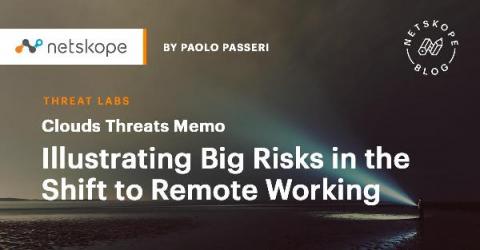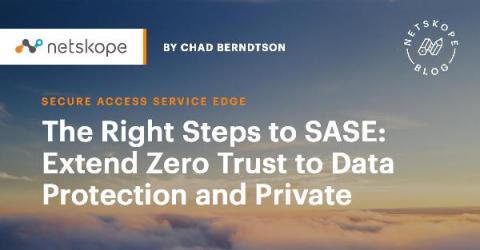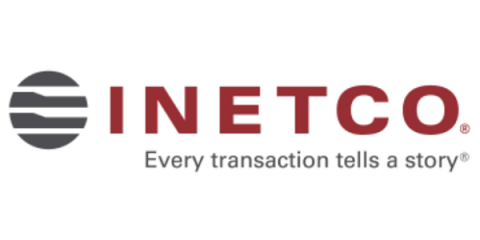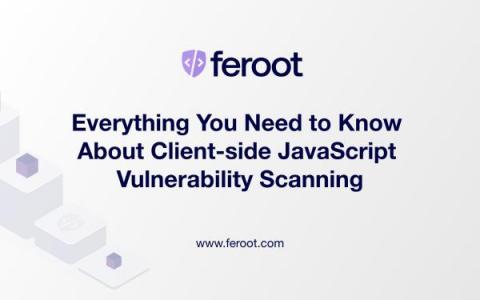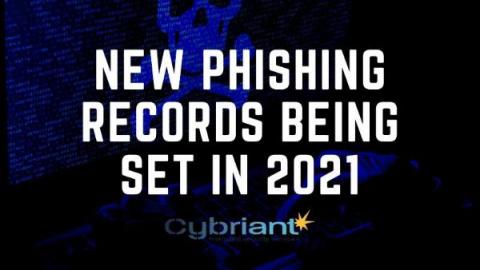Cloud Threats Memo: Illustrating Big Risks in the Shift to Remote Working
The exploitation of traditional remote access technologies is reaching new records. That, in a nutshell, is the main finding of Nuspire’s Threat Landscape Report Q1 2021. The report, sourced from 90 billion traffic logs during Q1 2021, looks at a range of events such as malware activity, botnet activity, exploitation activity, and remote access. The remote access section probably best illustrates the risks posed by the sudden shift to remote working.


